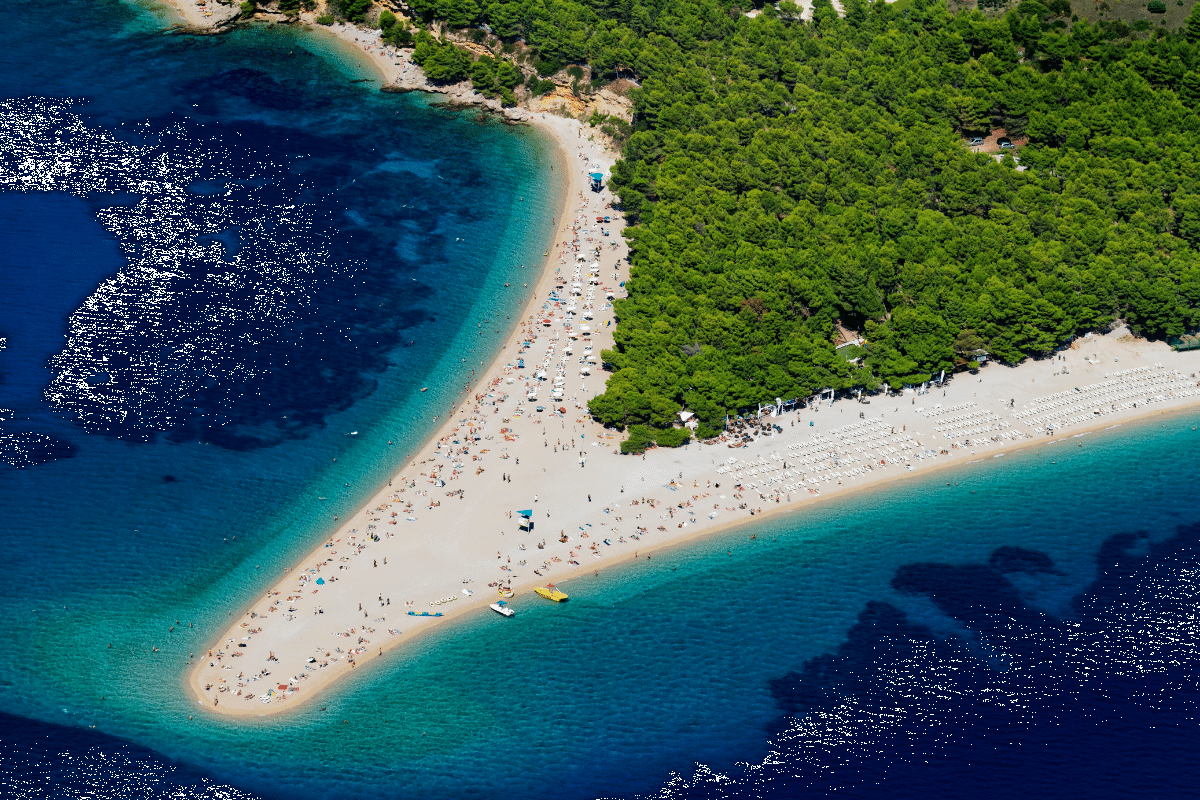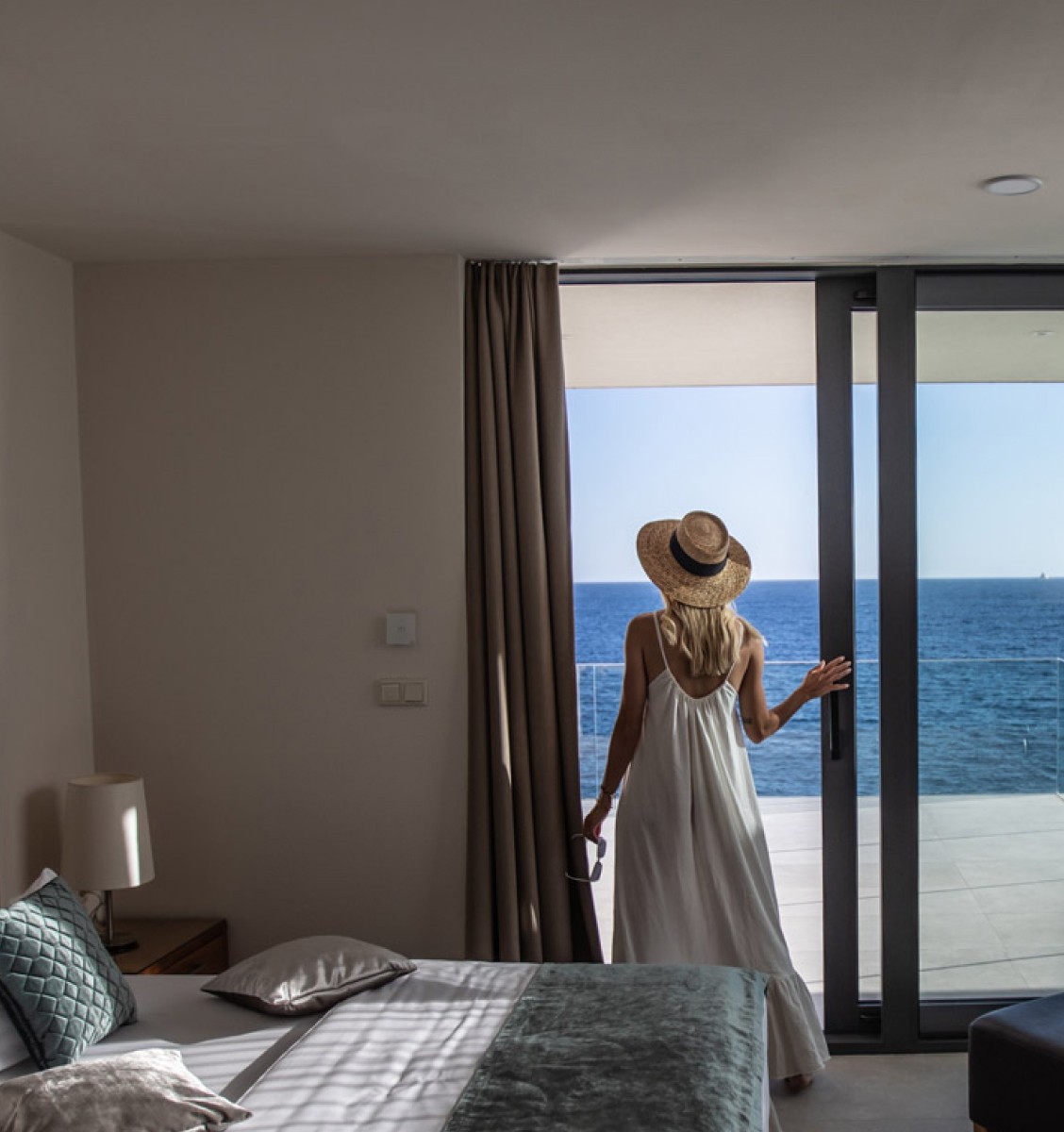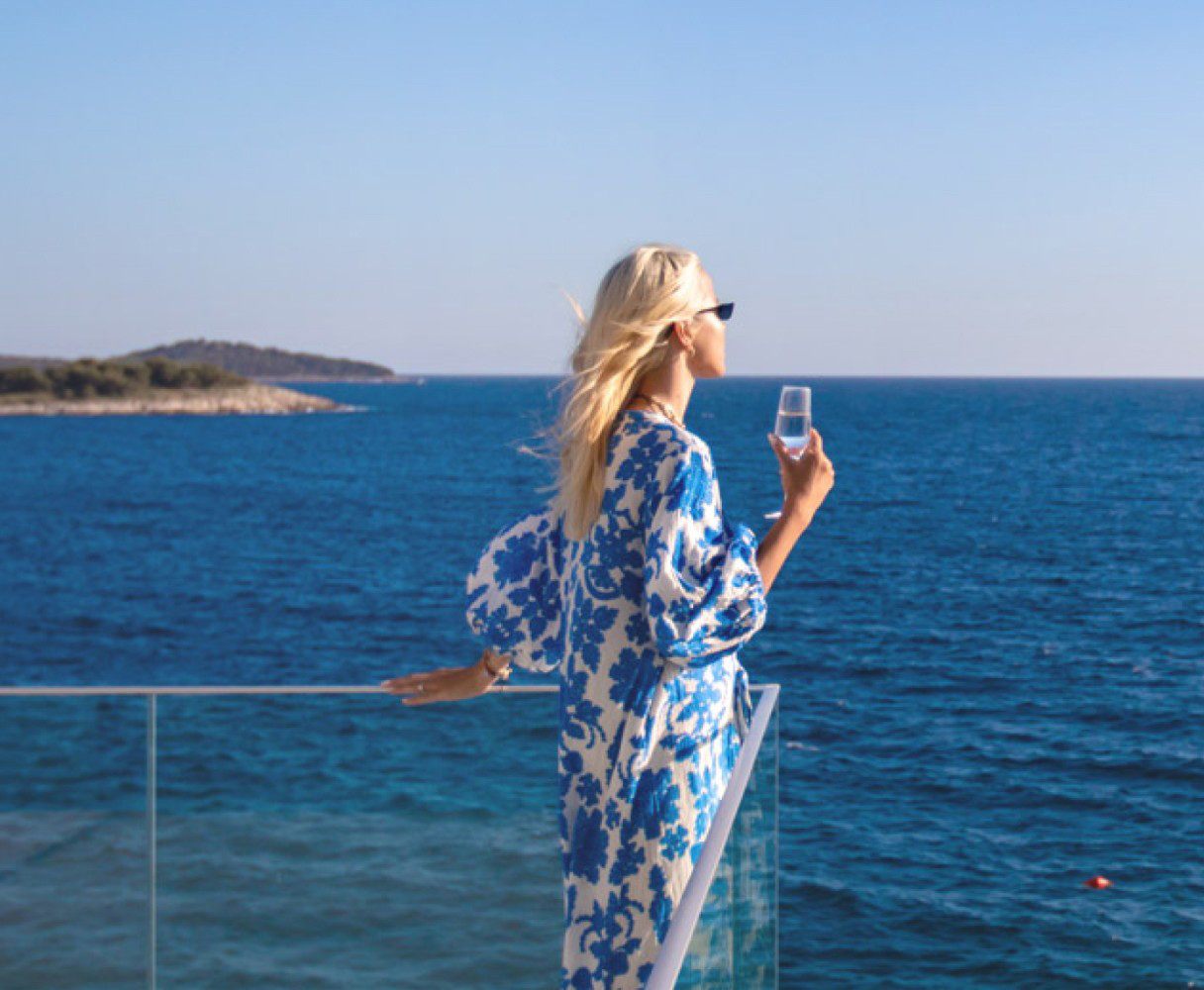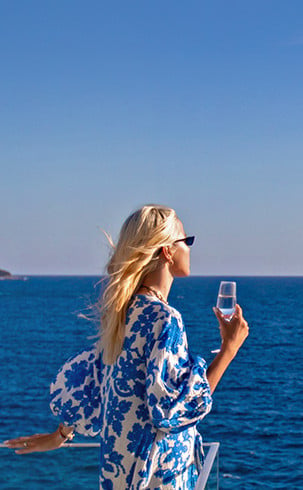The phrase “Dalmatian islands” covers a lot of ground - literally. There are 698 islands, 389 islets and 78 reefs along the entire Croatian coast in total, including two national parks: the Kornati archipelago and Mljet - the “green island”. These numbers make the Croatian coast the most indented coast in all of Europe.
However, the majority of all these islands are just off the Dalmatian coast; it’s called “the thousand islands coastline” for a reason. Out of the 48 islands that are inhabited year-round (the least populated of which has only 1 permanent resident!), 40 of them are in Dalmatia!
Read on to find out some interesting facts about the most famous islands in Dalmatia, each bringing something unique, but all of them equally magnificent with their charming Mediterranean climate plants, and crystal-clear blue sea. But if the sea and often tourist-packed beaches are something you’d like to get away from, you might want to look out for one of the manyvillas with pools for rentthat can be found on the majority of these islands.
Hvar - Sunniest Place in Europe!
Hvar is known as the sunniest of all the Croatian (and Dalmatian) islands counting 2718 hours of sunny days per year. So, it’s no wonder that it’s infamous for its beaches of which there are plenty to choose from.
The island itself is extremely lively and full of fun things to do during the summer months. The largest town, also called Hvar, is a party center, something you wouldn’t expect at first glance from such a quaint, little, typically Dalmatian town with its charming Venetian-style houses, but also some more modern villas that you can rent while you're on vacation.
However, other smaller towns scattered across the island can provide you with a calmer experience in line with the typically Dalmatian mindset and calm way of life. These include Stari Grad i.e. Old Town – the oldest settlement on the island. It’s also worth mentioning Vrboska, which greatly resembles Venice with its canals, as well as Jelsa (an adorable fishing village with some sandy beaches), and other smaller villages in the interior of the island such as Velo Grablje where a lavender festival is held annually in June and July.
From June to September, so in peak season, the island is brimming with people and has a rich nFFightlife. Things calm down a bit in October, but the weather then is still fantastic, and it’s still pretty hot. Perfect to cool off on one of the many pebble beaches.
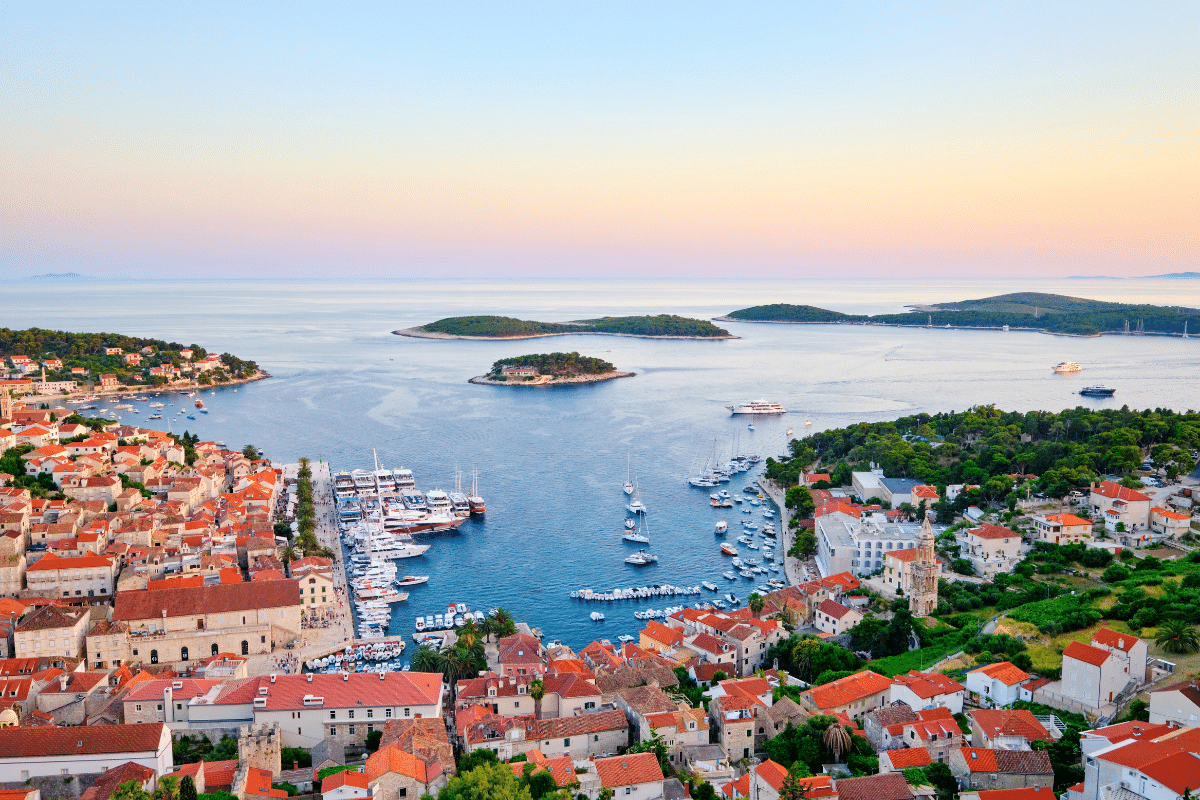
Brač - the Tallest Island in Croatia
Brač boasts the tallest peak of all the Croatian islands. Mount Vid a.k.a. Vidova Gora in Croatian is 778 m high. Depending on the route you take, the climb can be a pleasant walk or a challenging mountaineering climb – you choose. But the view from the top is well worth it. When the skies are clear enough, you can even see Italy!
There are many more natural gems that you can see on Brač. Perhaps the Dragon's Cave which was dedicated to the Slavic god Veles. Or perhaps the more popular Zlatni Rat sandy beach with its ever-moving tip.
Alongside this, Brač has many cultural heritage sites to offer. These include the town of Škrip, which is the oldest settlement on the island and has 3000-year-old archaeological sites. Here, you can also see the Olive Oil Museum and the Museum of the islands of Brač.
The village of Selca has 14 monuments and just over 20 memorial plaques that commemorate important local historical figures. One of them was made by the famous Croatian sculptor Ivan Meštrović.
A must is also visiting the Blaca monastery which dates back to the 15th century when it was directed by a group of monks escaping the Ottoman invasion.
If you ever want to visit an island, and find yourself on the Dalmatian coast, and don’t have much time, Brač is a quick ferry ride away from Split (the largest town in Dalmatia). Just find where you’d like to stay (we recommend one of the many villas for rent - pool included) and catch one of the ferries that go every hour or so in the summer months.
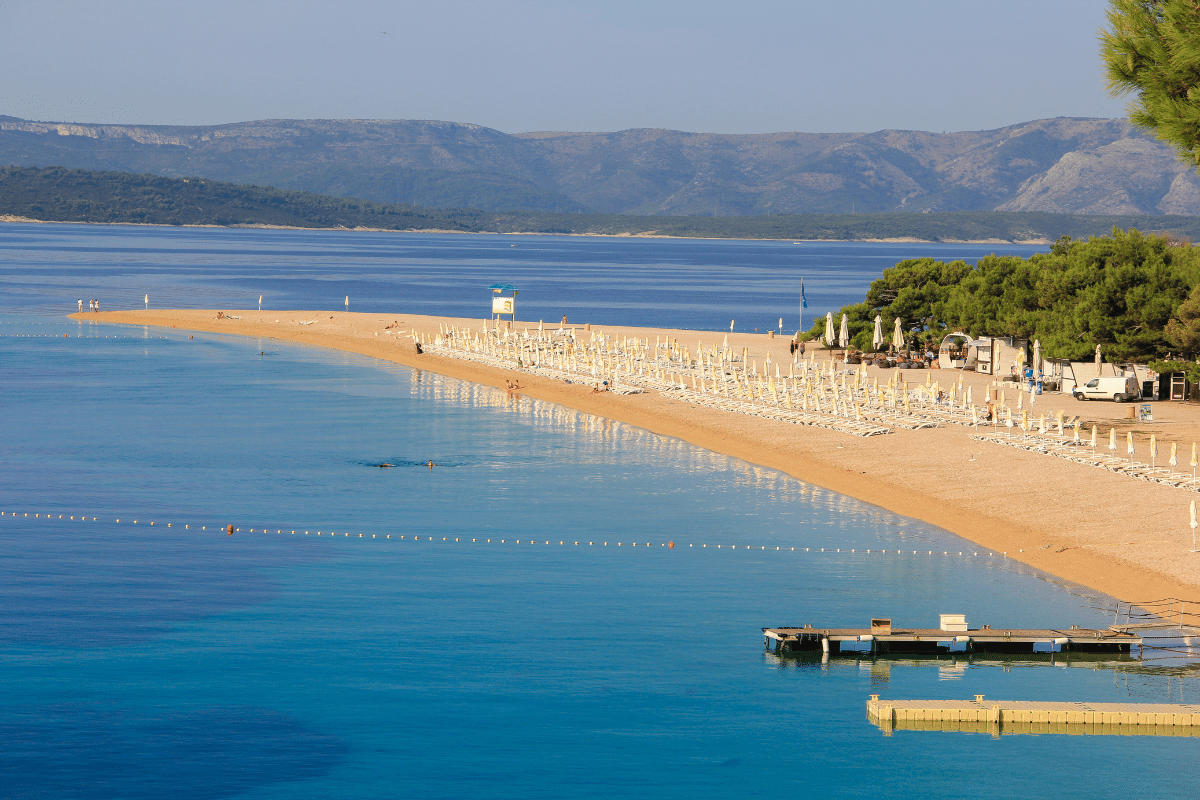
Vis - the Pearl of the Adriatic Sea
Vis is one of the earliest inhabited Islands along the Dalmatian coast. Archaeologists now estimate that it was populated even in the Stone Age. Its golden era was probably in ancient Greek times, in the 4th century BC, when it was known as the settlement of Issa. The island continued to thrive when the ancient Romans took over.
Its current history dates back to the 7th century AD when it was settled by the Croats, who used the fertile lands for agriculture and developed a rich maritime culture. The remainder of the history of Vis was tumultuous, to say the least: being sacked by the Venetians, Catalans, ruled by the Austrian Empire, serving as a military base in socialist Yugoslavia (until 1992), and so on.
But Vis has survived all this and it is now a peaceful island with many riches to offer, a real pearl. It’s untouched beauty, vineyards, and clean sea make it a real paradise on earth, and one that’s not constantly brimming with tourists. It was, however, the destination of choice for shooting the movie Mamma Mia: Here We Go Again!In early 2017! So, for a brief period, it was slightly more packed than usual, but it soon retired to its calm self.
When visiting Vis, we recommend you go to the town of Vis itself. It’s the oldest town on the island and to prove it, you can go see ancient Greek and Roman ruins and sculptures safely kept in its Archaeological museum, but also villas and churches from the 16th and 17th centuries. The fishing village of Komiža is also a great place to relax and go on a boat trip to the Blue Grotto. You can also go diving, see the Blue Cave, visit the cave of Marshal Tito from back when the island was a military base, or just relax on one of the many beaches!
If you want a piece of this paradise all for yourself, why not relax in your own private villa? Oh, and while you’re at it, don’t forget to try the local wines - Vugava (white wine) and Plavac (red).

Korčula - the Birthplace of Marco Polo
The two largest towns on the island are Korčula and Vela Luka, and the island itself is the second most populated island in Croatia, but also a well-developed tourist destination with attractive houses and villas for rent.
When visiting Korčula, as per usual, you can always go to one of the many beaches such as Vela Przina or Bilin Zal to name just a few of the most popular ones. You can also go camping on the many campsites, go hiking, attend some of the local festivals such as St. John’s Feast Day (June 24), the annual Donkey Races (held in Lumbarda in July), go sipping cocktails, trying the local cuisine and wine or visit some of the local historic and cultural sites.
In chronological order, the Vela Spila cave is especially important as it’s one of the most important prehistoric archaeological sites in Europe – it was inhabited as far back as 20.000 BC! Skipping forward in time, you can’t miss out on St Mark’s Cathedral, the Korčula town walls and – the Marco Polo Museum. Why? Well, according to some historic sources, Korčula was the birthplace of the world-renowned Italian merchant and explorer Marco Polo.
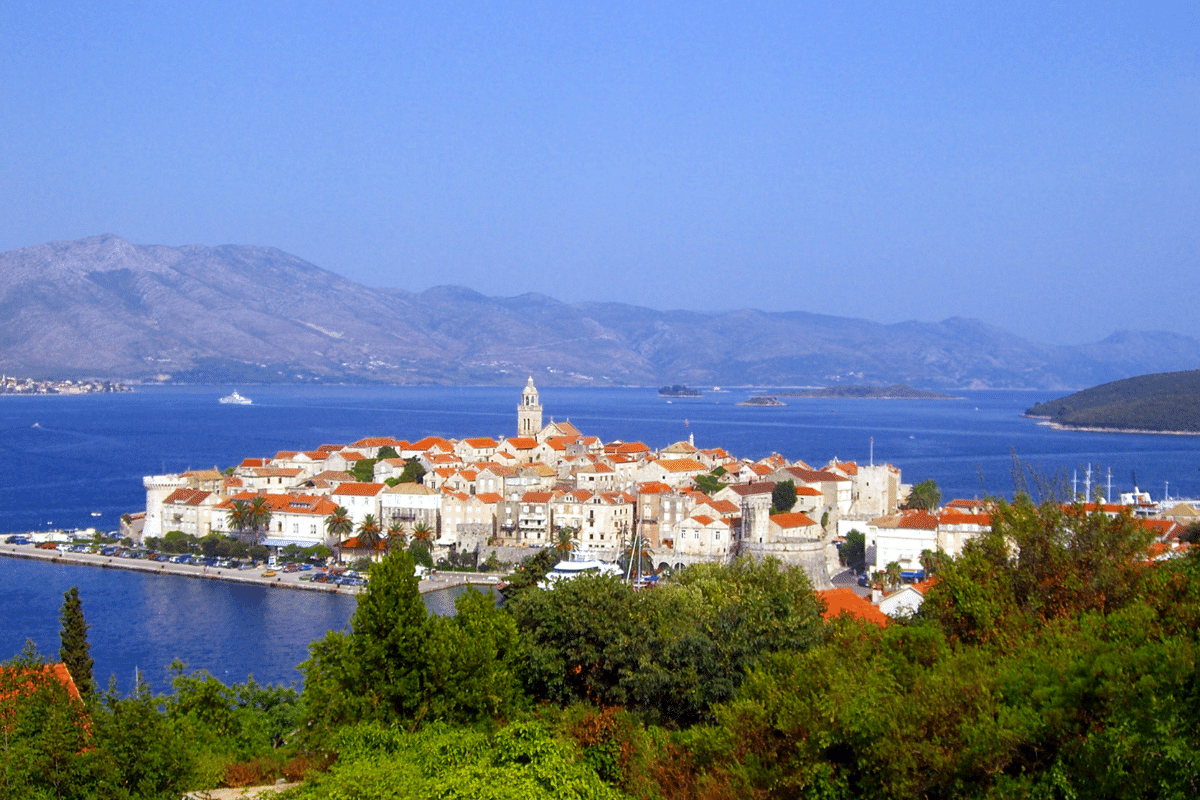
Pag - Exciting Nightlife
Pag is known for its landscape, but not the way you’d think. There’s no lush vegetation here, but there are many aromatic plants and saltworks (and a salt museum). Historic sites on the island include the old town of Pag with its duke’s palace, churches, and an old tower that was used to help fortify the town.
Pag is perhaps most well-known for theZrće beach– a pebbled beach which attracts thousands of party-lovers and techno-music fans from all over the world. Some big names have played here such as Armin Van Buuren, DJ Tiesto, and others. It’s located just 3 km outside of the town of Novalja and is a must in the peak season (though out-of-season it’s a very child-friendly place). It’s full of attractions, including bungee jumping, jet-skis for rent, parasailing, cage ball, wake-boarding, cocktail bars, and so on.
Apart from this, the local cuisine is fantastic. For meat-lovers, we’d recommend lamb-based meals since the local sheep feed off of the local grass and herbs which grow out of the salt-rich land. A true delicacy. For those that prefer to go vegetarian, Pag cheese (made from sheep’s milk of course, and rubbed in olive oil before maturing) is something you don’t want to miss out on!
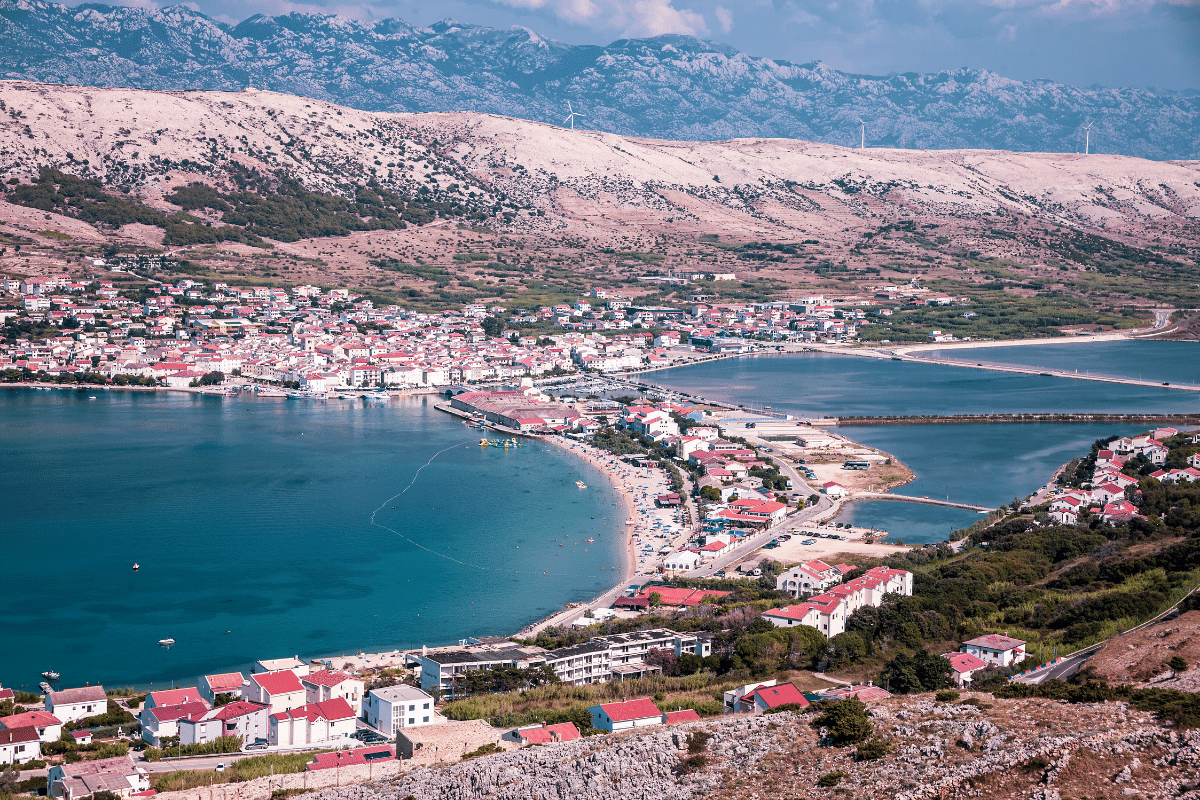
Galešnjak - the Croatian Island of Love
This heart-shaped island has been branded as the island of love – it’s adorable, small, and uninhabited. It doesn’t have much (or anything) to offer in terms of historic sites or even flora and fauna, but since a Google Earth photo rediscovered it in 2009, it’s been a huge hit among couples, especially for celebrating anniversaries, going on their honeymoon, or even marriage proposals!
We have to admit, it was difficult making our top picks among the hundreds of Croatian islands but there they are. There’s something for everyone: partying on Pag, sunbathing on Hvar, hiking on Brač, romantic getaways on Galešnjak, exploring on Korčula, or just relaxing on Vis. But why choose? You can even go on a mini-tour and visit all these islands over your summer vacation!


